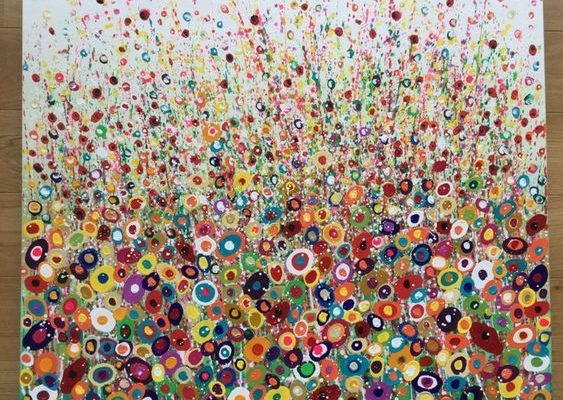How to Acrylic Paint

Acrylic painting offers a versatile and vibrant medium for artists of all skill levels. With its ease of use, quick-drying nature, and impressive range of colors, acrylic paint allows you to express your creativity in countless ways. If you are new to acrylic painting, this article will provide a step-by-step guide to help you master the basics and create your own masterpieces.
1. Gather your materials
Before you start painting with acrylics, ensure you have the necessary supplies, including:
– Acrylic paints: Beginners can opt for a basic set that includes primary colors and white.
– Brushes: Several sizes and shapes of brushes will come in handy when working with acrylics. Look for synthetic brushes specifically designed for use with acrylic paint.
– A canvas or other suitable surface: Acrylic paints adhere well to canvases, paper, or wood panels.
– Palette: Use a palette or a disposable paper plate to mix your colors.
– Cup of water: You’ll need water to rinse the brushes between colors and change their consistency.
2. Set up your workspace
Create a comfortable working area with good lighting and ventilation where you can comfortably create your artwork.
3. Prime your surface (optional)
While not always necessary, priming your canvas or surface with gesso can create an ideal base for acrylic paint application. Gesso helps the paint adhere better and ensures that lighter colors remain vibrant.
4. Start blending colors
Using your palette, explore different color combinations by mixing primary colors together or by adding white or black for various shades and tints.
5. Experiment with basic techniques
There are several basic techniques to explore when learning how to use acrylic paint:
– Washes: Dilute the paint with water for a transparent, watercolor-like effect.
– Dry brushing: Apply paint without diluting it for textured effects or more opaque layers.
– Glazing: Layer thin, transparent washes over one another to create depth and color variation.
6. Create your composition
Start applying your acrylic paint to your surface, layering and blending as desired. Keep in mind that acrylic paint dries quickly, so work promptly when blending or adjusting colors.
7. Clean up
Proper clean-up is essential to protect your brushes and keep them in optimal condition. Rinse your brushes thoroughly in water, and use mild soap if necessary to remove any stubborn paint residue. Gently reshape the bristles with your fingers and let them air-dry.
8. Preserve and showcase your work
Once you’ve finished your painting, allow it to dry completely before handling or displaying it. You can apply a protective varnish to extend its longevity, but this is optional.
Acrylic painting offers endless possibilities for experimentation and growth. With practice, patience, and perseverance, you’ll soon find yourself creating beautiful works of art using acrylic paints.






